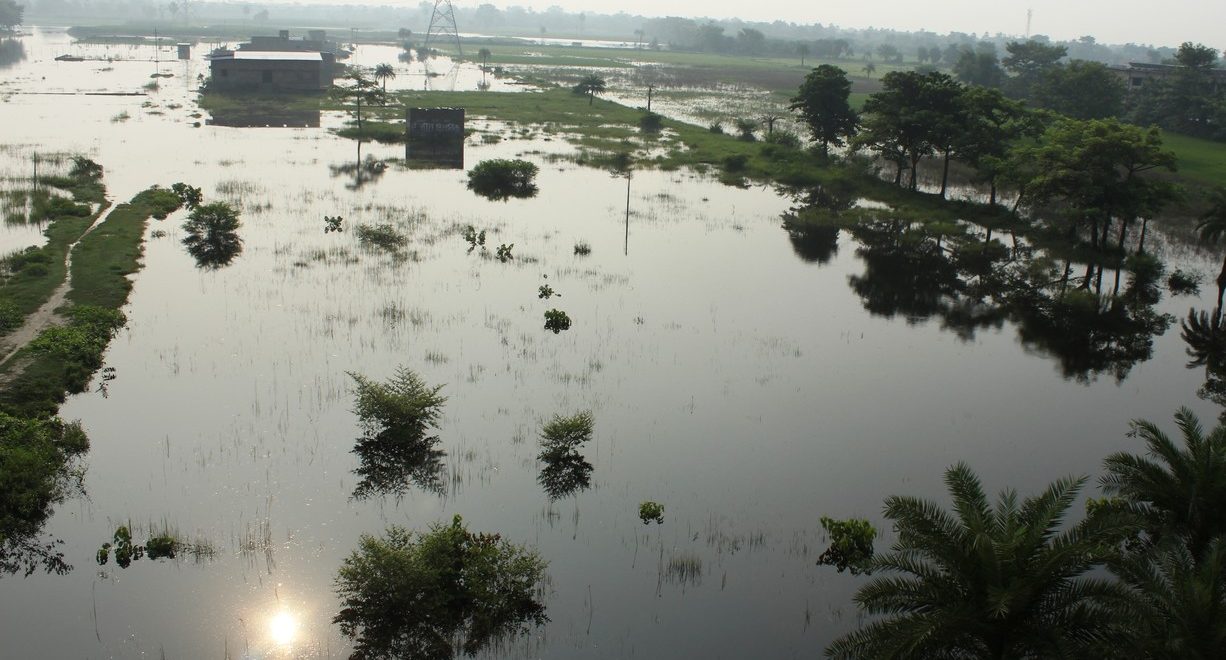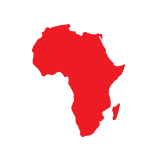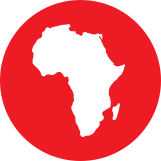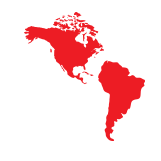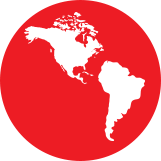Next week, the Transitional Committee (TC) mandated with designing the new fund to support developing countries addressing permanent “loss & damage” from climate impacts will meet for the fourth and final time. The TC is expected to deliver a set of recommendations to the larger COP28 UN climate negotiations to be held in Dubai this December – recommendations that will determine how the new Loss & Damage Fund (LDF) will be governed, how it will function, what it will fund, and so on.
There is an enormous list of outstanding issues that the TC must address at this final meeting, with a great deal of divergence between developed and developing countries. Here are some of the key positions we will be pushing next week, alongside allies from civil society organizations around the world. Many of these are based on the proposal for the LDF Governing Instrument submitted by Climate Action Network-International, the Global Campaign to Demand Climate Justice, and the Women and Gender Constituency to the UNFCCC.
- The LDF must be established as a new independent entity, rather than a “Financial Intermediary Fund” (FIF) under the World Bank. Both the US and EU proposals have the LDF being housed within the World Bank. This will create many problems, some of which I tried to outline in a tweet thread, but the foremost of which include:
- Contrary to FIF policies, recipient countries should be able to directly access the LDF without having to go through international intermediaries that would take part of the funds for themselves, hire outside consultants rather than building capacity in-country, and exercise decision-making power that should instead lie fully with the national government or domestic civil society. The World Bank’s FIF Framework states that FIFs can only implement funded activities through multilateral development banks, the International Monetary Fund, or UN entities. This precludes national governments in developing countries from directly accessing the LDF, let alone civil society organizations or other in-country institutions.
- The LDF must not be beholden to the World Bank’s undemocratic governance structure. The FIF framework states that significant changes to the FIF require approval from the World Bank’s Board of Directors, and it is unclear what other LDF policies might be subject to World Bank approval. The World Bank operates on a shareholder basis, with the largest contributors having the most voting power, in direct contradiction to UNFCCC principles.
- The World Bank is oriented towards lending, and its country classifications may make it difficult for many countries to access grant funding. These eligibility criteria and emphasis on debt-creating instruments run afoul of the need for the LDF to be accessible to all developing countries and avoid exacerbating the debt crises already experienced in many of these countries.
- The World Bank has a bad track record on fossil fuel financing and human rights violations. World Bank and broader IFI reform is badly needed, without increasing the significant amounts of financing that these institutions already control.
- The LDF must be accountable and responsive to developing countries and their people. Too many international funds are donor-driven, catering more to the whims of rich contributor countries rather than the needs of recipient countries. The LDF must not fall into this trap, including by ensuring that:
- The Board of the LDF must be democratic and equitably balanced between developed and developing countries. Developing countries should have at least as many votes on the Board as developed countries. No Board seats/votes should be contingent on contributions, as proposed by the US and EU.
- Contributors must not be allowed to earmark their contributions to specific windows, programs, purposes, or recipients. Similar to the Green Climate Fund (GCF), decisions about how funds are allocated should lie with the democratically governed Board, not with contributor countries.
- The LDF must not be beholden to World Bank governance and policies – see above! Decisions about the governance, operations, or oversight of the LDF should not fall under the influence of the World Bank’s Board of Directors, which operates on a shareholder basis, with the US having by far the most voting power of any country.
- Recipient countries should be able to directly access the LDF as outlined above in the section on the problems with the World Bank as a host institution.
- ALL developing countries should be eligible to receive funds from the LDF. As part of their general push to limit the scope of the LDF, developed countries want only “particularly vulnerable” countries to be eligible to receive funds. There are vulnerable people in all developing countries, and while some prioritization criteria may be appropriate, the LDF must not exclude any categories of developing countries from being able to receive support. Barbados made a statement at the New York L&D Ministerial that “if countries like Libya and Pakistan cannot access the fund, then it’s not worth having” – very powerful coming from a small island state.
- Developed countries must take the lead in contributing to the LDF. The LDF should, of course, be open to contributions from all countries and so-called “innovative sources,” but it should be clear that the primary responsibility of funding the LDF lies with the rich industrialized countries – the US, UK, Europe, Japan, Canada, Australia, etc.
- Civil society must be meaningfully included and engaged at all levels of the new fund. They should include civil society representation on the LDF Board, but also modalities allowing direct access to the fund by civil society organizations, community-based organizations, indigenous peoples’ organizations, etc; as well as an emphasis on participatory monitoring, and strong human rights, environmental and social safeguards.
- The scope and scale of the LDF must be large enough to address the very real needs on the ground. Developed countries wish to limit the scope of the LDF to reduce the pressure on them to provide funds. But for the LDF to be the difference-maker we need, it must be equipped to address all kinds of climate impacts. It should be able to provide immediate, grant-based financing to countries hit by major disasters (rather than those countries being forced to take emergency loans). It should be able to support longer-term proposals by countries to address slow-onset impacts like sea level rise, desertification, ocean acidification, and so on. It should be able to provide grant funding to support medium-term rebuilding efforts after humanitarian funding has dried up. Developing countries have asked that the fund have at least $100 billion in resources by 2030 to be able to address this wide range of impacts. This is a bare minimum compared to the scale of the need, but a good indication of the magnitude of funding the LDF should be prepared to channel.
- The LDF must not exacerbate debt burdens for recipient countries. All financing from the LDF should flow via grants and non-debt-creating instruments. Many developing countries are facing a debt crisis at the same time as they face the climate crisis, spending more on debt service than on basic public services, much less investing in more resilient economies. The LDF must provide a way out of the vicious debt cycle, not further reinforce it.
- The LDF should be designated as an Operating Entity of the Financial Mechanism of the UNFCCC and the Paris Agreement. This is a mouthful but ensures that the LDF is tied to key principles of the UN climate convention, including equity and historical responsibility, something the US and Germany have tried to vehemently deny. It also helps ensure that Loss & Damage financing can play a role in the broader ongoing negotiations around the New Collective Quantified Goal (NCQG) for climate finance, that is, what replaces the old $100 billion goal from 2009.
One final note: developed countries are arguing for the fund to be established under the World Bank in part because it would be easier and faster than setting up a new institution from scratch. While there is some truth to this, it likely underestimates the extent of the World Bank’s bureaucracy and also the extent to which lessons have been learned from setting up the GCF (and so the extent to which a new institution could be set up faster this time around).
The bigger point, though, is that this sudden urgency from developed countries is quite disingenuous. They are the ones, after all, who refused to consider the idea of an L&D Fund a decade ago when it first surfaced. The US played a leading role in obstructing progress on L&D negotiations, right up until it was forced to accept the L&D Fund at COP27. Now all of a sudden, these countries are preaching urgency? It’s disingenuous at best.
It’s much better to get the L&D Fund right than to make shortcuts in its design. We’ll only get one chance to get this right; if we create a bad institution, it will be almost impossible to try again, or to radically reform it. TC4 has some crucial decisions to make, and the lives and livelihoods of countless people in developing countries depend on it getting them right.
